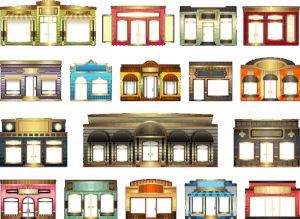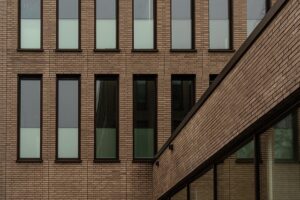Industrial destratification fans are specialized tools for improving air quality, worker comfort, and energy efficiency in factories and manufacturing plants by combating thermal stratification. They promote large space air circulation, reducing energy costs through enhanced natural ventilation. These fans feature robust construction, corrosion-resistant materials, and innovative designs to operate reliably in harsh industrial settings, preventing equipment degradation. Ideal for manufacturing plants, warehouses, and construction sites, they efficiently circulate air, control thermal stratification, and boost productivity while mitigating heat-related risks. Key factors in selection include durability against extreme conditions, high-quality materials, motor protection, corrosion resistance, and powerful yet energy-efficient motors.
“In industrial settings, where harsh conditions often prevail, effective ventilation is paramount. This is where industrial destratification fans step in as vital tools. These fans play a crucial role in improving air quality, enhancing worker safety, and optimizing various processes. However, operating in corrosive environments poses significant challenges, leading to fan degradation. This article explores the importance of corrosion-resistant industrial destratification fans, their key features, ideal applications, and essential considerations for choosing the right equipment to ensure longevity.”
- Understanding Industrial Destratification Fans: Their Role and Benefits
- Challenges in Harsh Environments: Corrosion as a Major Obstacle
- Key Features of Corrosion-Resistant Destratification Fans
- Applications: Where Corrosive Conditions Prevalent
- Choosing the Right Fan: Considerations for Longevity
Understanding Industrial Destratification Fans: Their Role and Benefits
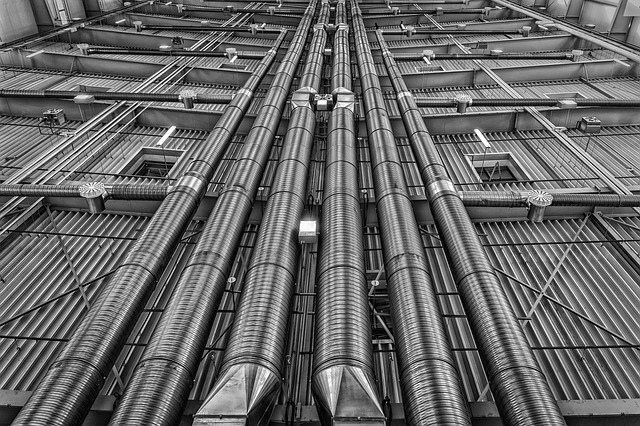
Industrial destratification fans play a crucial role in improving air quality and worker comfort within industrial facilities and manufacturing plants. These specialized fans are designed to address the issue of thermal stratification, where hot air rises and creates layers of uneven temperature in high ceiling spaces. By promoting large space air circulation, they help mix hot and cold air evenly, ensuring better thermal stratification control.
The benefits extend beyond improved working conditions. Destratification fans can significantly reduce energy costs associated with factory cooling by enhancing natural ventilation. This is particularly advantageous in warehouse applications where maintaining a comfortable environment for workers can lead to increased productivity and efficiency. Moreover, their heavy-duty construction makes them suitable for harsh environments, ensuring longevity and reliability in various industrial settings.
Challenges in Harsh Environments: Corrosion as a Major Obstacle
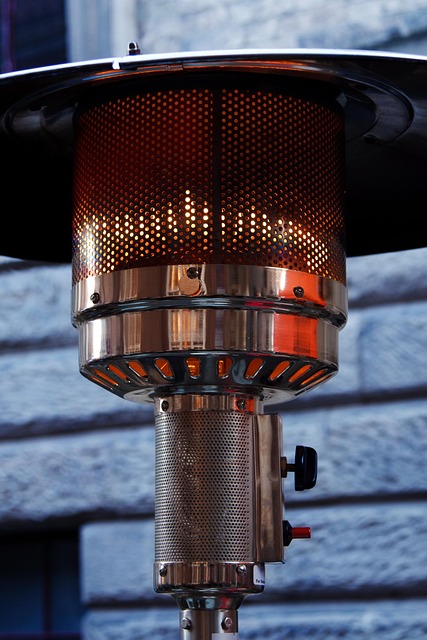
In harsh industrial environments, such as manufacturing plants and heavy-duty construction sites, equipment endurance is a significant challenge. One of the most pressing issues faced by facility managers is corrosion, especially when it comes to critical components like industrial destratification fans. These fans play a vital role in thermal stratification control within large spaces, promoting energy cost reduction and worker comfort improvement—tasks that become increasingly difficult as equipment degrades due to corrosion.
Corrosion can lead to not only fan failure but also poor performance, increasing operational costs and safety risks. Traditional fans might not withstand the corrosive elements present in warehouse applications or factory cooling systems, especially in high ceiling spaces. To combat this, specialized industrial destratification fans designed for harsh conditions are essential. These fans incorporate corrosion-resistant materials and innovative designs to ensure longevity, enabling efficient air circulation even in challenging manufacturing plants.
Key Features of Corrosion-Resistant Destratification Fans
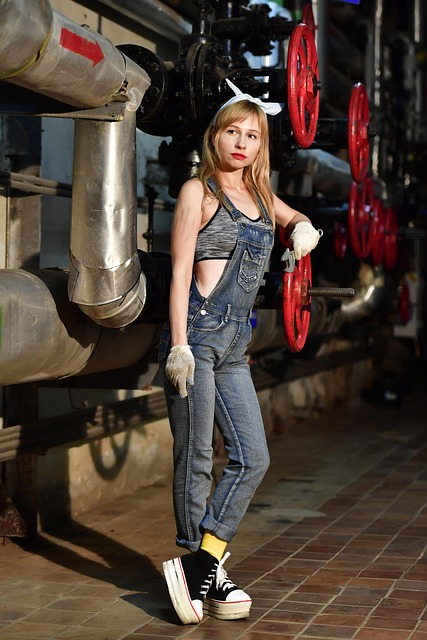
Corrosion-resistant industrial destratification fans are designed to withstand harsh conditions in various industrial settings. These fans feature robust materials and advanced engineering to tackle issues like moisture, corrosive substances, and extreme temperatures, making them ideal for demanding environments such as manufacturing plants, warehouses, and large factory spaces.
The key features include durable construction with corrosion-resistant coatings, powerful motor designs optimized for heavy-duty applications, and innovative air circulation technologies that ensure efficient thermal stratification control. These fans aren’t just robust; they also contribute to significant energy cost reduction and worker comfort improvement in high ceiling spaces by facilitating large space air circulation. Their longevity and performance make them a game-changer for industrial facilities looking to enhance their operations with reliable destratification solutions.
Applications: Where Corrosive Conditions Prevalent
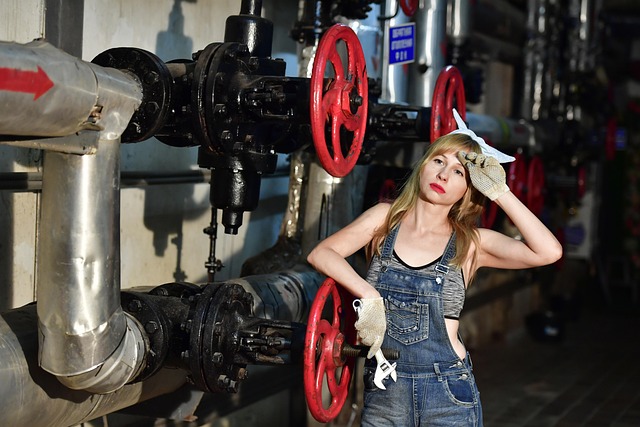
In various industrial settings, corrosion-resistant industrial destratification fans play a pivotal role in addressing unique challenges posed by corrosive environments. These fans are particularly well-suited for manufacturing plants, warehouse applications, and heavy duty construction sites where exposure to aggressive substances like chemicals, salt water, or highly acidic/basic materials is common. The harsh conditions in these industrial facilities demand robust equipment that can withstand corrosion without compromising performance, ensuring the longevity of the machinery and maintaining optimal working conditions.
By efficiently circulating air in high ceiling spaces and controlling thermal stratification, these fans contribute to significant energy cost reduction and worker comfort improvement. In large space factory cooling applications, they ensure uniform temperature distribution, enhancing overall productivity while promoting a safer and more comfortable work environment. This is especially crucial in preventing heat-related issues among workers, thereby increasing job satisfaction and retention rates.
Choosing the Right Fan: Considerations for Longevity

When selecting industrial destratification fans for harsh environments, several key factors come into play to ensure longevity and optimal performance. The right fan should be built to withstand extreme conditions, including high temperatures, moisture, and corrosive elements, which are common in manufacturing plants, warehouses, and heavy-duty construction sites. Choosing a fan with a robust design and high-quality materials is essential for durability.
Considerations such as motor protection, corrosion-resistant coatings, and durable blades are vital for maintaining the fan’s efficiency over time. For instance, fans designed for warehouse applications or factory cooling often operate in large spaces with high ceiling heights, requiring powerful yet energy-efficient motors to ensure proper air circulation and thermal stratification control. By prioritizing these aspects, industrial facilities can achieve significant energy cost reduction while also improving worker comfort, making the investment worthwhile.
Industrial destratification fans, especially those designed with corrosion resistance, are indispensable in harsh environments. By understanding their key features and benefits, businesses can choose the right fan for their applications, ensuring longevity and optimal performance even in corrosive conditions. These fans play a crucial role in maintaining air quality, temperature control, and overall facility efficiency, making them essential equipment for various industries.



